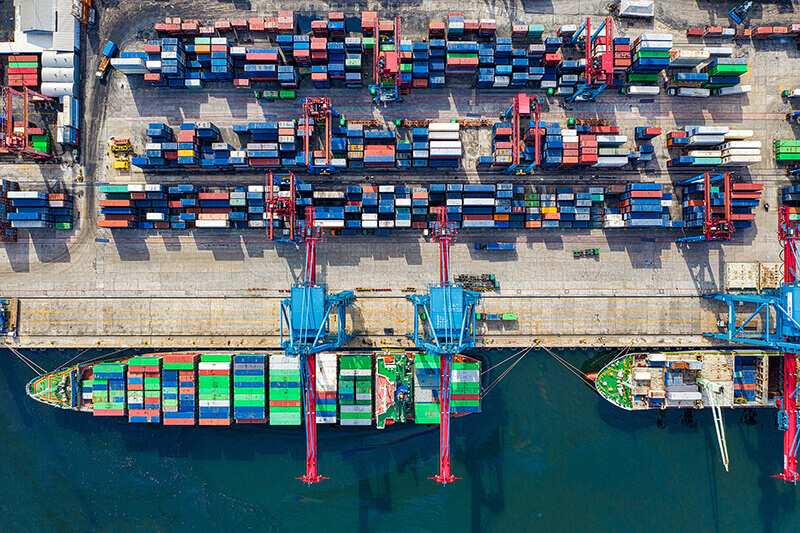March 9, 2020
Six ways businesses can remain resilient amid coronavirus disruption

Flexibility to continue production is crucial for these companies to remain resilient in the face of such shocks to their supply chains, said Ananth Iyer, senior associate dean in the Krannert School of Management at Purdue University and director of the Global Supply Chain Management Initiative. (Pexels stock photo)
WEST LAFAYETTE, Ind. — Coronavirus quarantines have shuttered Chinese factories and shocked global supply chains.
Flexibility to continue production is crucial for manufacturers that rely on components made in China, said Ananth Iyer, senior associate dean in the Krannert School of Management at Purdue University and director of the Global Supply Chain Management Initiative.
Research shows that manufacturers are more likely to survive shocks to their supply chains if they have several options for suppliers, designs, transportation and production, Iyer said, noting that flexibility can be established in a variety of ways:
 Ananth Iyer, senior associate dean in the Krannert School of Management at Purdue University, researches global supply chain risk and resilience. (Courtesy photo)
Download image
Ananth Iyer, senior associate dean in the Krannert School of Management at Purdue University, researches global supply chain risk and resilience. (Courtesy photo)
Download image
Switch modes: “To satisfy demand, a company might switch from moving goods more slowly by sea to more quickly through air.”
Change designs: “Companies may have a preferred design using material A over material B. But in terms of choices, they can explore how much flexibility they have in their specifications without compromising safety or functionality, but still allowing things to work.”
Build a buffer: “In the particular case of the coronavirus, the news regarding the virus hit at just the time that a lot of workers were going for Chinese New Year, and most companies had planned for 30 to 60 days of inventory in advance. You can think of this as a buffer inventory. Companies are living down the buffer, and the question is whether the plants start coming back up to replenish the buffer.”
Prioritize products: “A company making 10 different products, with the last few products being low volume and not very profitable, might make fewer of the low-volume products and make more popular products to be able to satisfy demand.”
Leverage existing suppliers: “Existing suppliers really want manufacturers to continue to buy and produce, so if they have to help you out by producing a few other things, they will. Suppliers in the supply chain depend on the original equipment manufacturers, so it’s not as if manufacturers are out cold and nobody is going to help them. Every one of their suppliers is ready to help because they want to keep the flow going.”
Explore new sources: “A company may have chosen one supplier, but many others would have bid for the contract. You have other people on your list who you haven’t contracted with, but you know they’re certified; you know they’re high quality, but they just didn’t end up with the right price point, and they might be spread across the world.”
About Purdue University
Purdue University is a top public research institution developing practical solutions to today’s toughest challenges. Ranked the No. 6 Most Innovative University in the United States by U.S. News & World Report, Purdue delivers world-changing research and out-of-this-world discovery. Committed to hands-on and online, real-world learning, Purdue offers a transformative education to all. Committed to affordability and accessibility, Purdue has frozen tuition and most fees at 2012-13 levels, enabling more students than ever to graduate debt-free. See how Purdue never stops in the persistent pursuit of the next giant leap at purdue.edu.
Writer: Joseph Paul, 765-494-9541, paul102@purdue.edu
Source: Ananth Iyer, 765-494-4514, aiyer@purdue.edu
Note to Journalists: A supply chain stock photo and headshot of Krannert School of Management Associate Dean Ananth Iyer is available to journalists via Google Drive: https://purdue.university/2Inojoj

